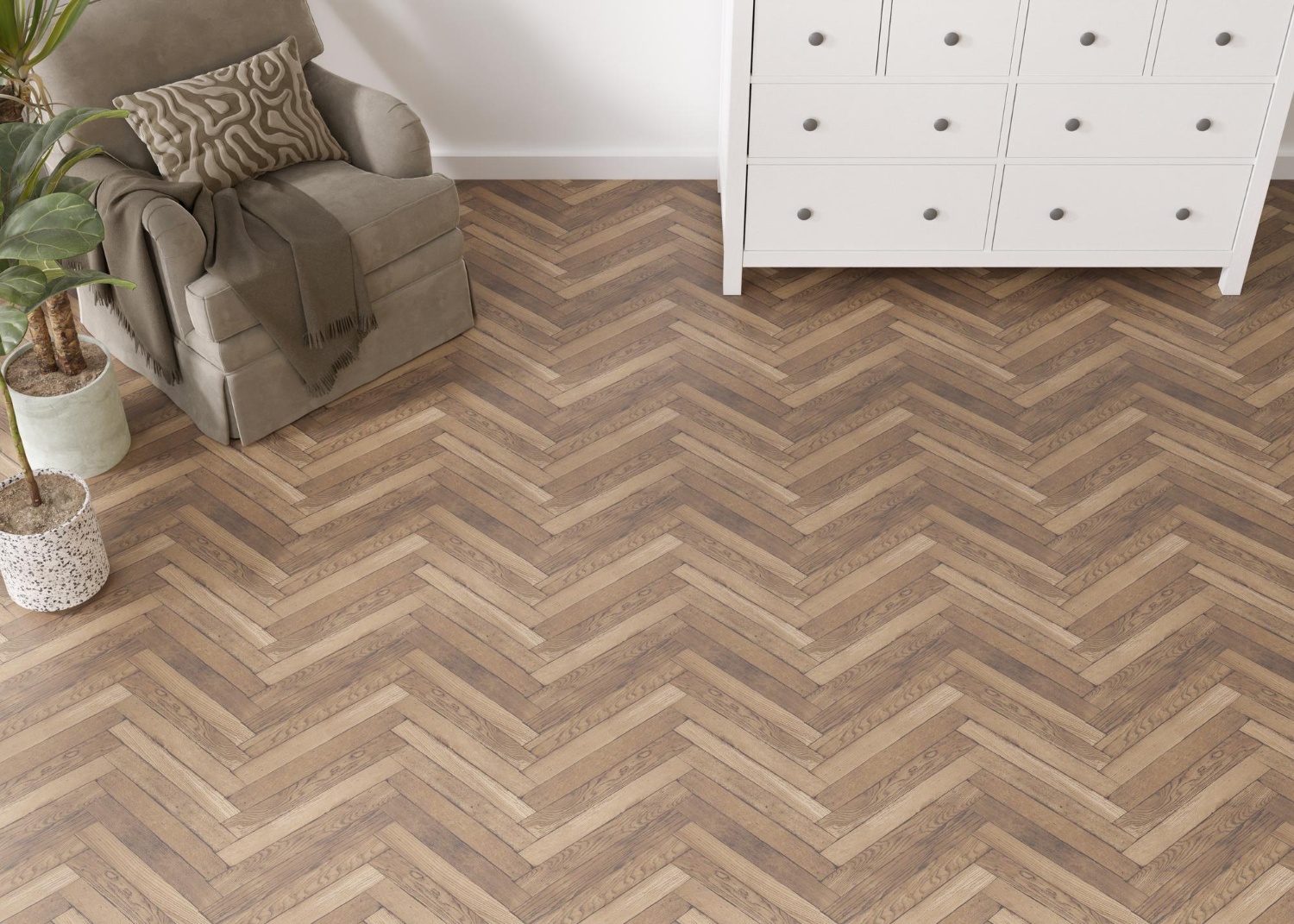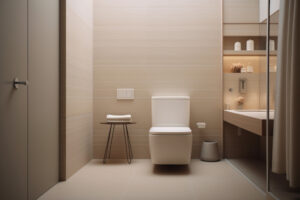Table of Contents
The Ultimate Guide to Wooden Floor Repair in Singapore
Wooden floors add a touch of elegance and warmth to any home or office space. However, over time, they can experience wear and tear, leading to the need for repairs.
In this guide, we’ll explore everything you need to know about wooden floor repair in Singapore, including common issues, repair techniques, and tips for maintaining your wooden floors.
Why Wooden Floor Repair is Important
Wooden floor repair is crucial to maintaining the aesthetic appeal and structural integrity of your space. Whether it’s addressing scratches, dents, water damage, or discoloration, regular and timely repairs can prevent minor issues from escalating into major problems.
With regular maintenance of your wooden floors you can:
Preserve Aesthetic Appeal
Wooden floors dramatically enhance the appearance of your home or office, adding a natural and sophisticated look. Regular maintenance and timely repairs ensure that your floors always look their best, free from unsightly scratches, stains, and dents. This is particularly important if you’re planning to sell your property, as well-maintained floors can significantly boost its market value.
Extend Lifespan
High-quality wooden floors can last for decades if properly cared for. Regular maintenance and repairs prevent minor issues from escalating into major problems that could necessitate a complete floor replacement. This not only saves you money in the long run but also maintains the integrity and beauty of your flooring over time.
Prevent Further Damage
Addressing minor issues promptly can prevent more extensive and costly repairs down the line. For example, unattended water damage can lead to mold growth and structural issues, while minor scratches can deepen and become more difficult to fix. Timely repairs help maintain the structural integrity of your floors and avoid larger, more expensive problems.
In summary, by preserving the beauty of your floors, you enhance the overall appearance of your home or office, potentially increasing its market value. Moreover, proper maintenance extends the lifespan of your wooden floors, saving you money on costly replacements.
And by investing in repair and upkeep, you not only protect your initial investment but also ensure a comfortable and inviting environment for years to come!
Identifying Common Wooden Floor Problems and Their Solutions
Let’s look at and identify some common wooden floor problems that you may run into;
Scratches and Dents
- Solution: Wooden floors are prone to scratches and dents from furniture, pets, and high foot traffic. For light scratches, you can often buff them out using a wood polish or apply a matching wood stain to blend the scratch with the surrounding area. Deeper scratches and dents may require sanding down the affected area and refinishing it. In some cases, using a filler or putty that matches the floor color can help fill in deeper dents before refinishing.
Water Damage
- Solution: Water is one of the most damaging elements for wooden floors, leading to warping, staining, and mold growth. If you notice water damage, it’s important to act quickly. For minor water damage, drying the area thoroughly and sanding down the warped sections can suffice. More severe water damage may require replacing the affected boards entirely. Once repaired, sealing your wooden floors can help protect against future water damage.
Discoloration (Especially External Wooden Floors)
- Solution: Wooden floors can discolor over time due to sun exposure, spills, or improper cleaning. Sanding the discolored area and applying a new finish can restore the uniform look of your floors. Using high-quality sealants can help protect against future discoloration by providing a barrier against UV rays and spills. Additionally, using rugs and curtains can protect your floors from direct sunlight.
Loose or Creaky Boards
- Solution: Loose or creaky boards can be both an annoyance and a sign of underlying issues. Securing loose boards with nails or screws can fix the problem. It’s important to use the right type of fastener to avoid damaging the wood further. For creaky floors, applying a lubricant such as powdered graphite between the boards can reduce friction and noise. In some cases, adding a dehumidifier to your home can help as humidity changes can cause the wood to expand and contract, leading to creaks.
Choosing the Right Wooden Floor Repair Service in Singapore
Now, choosing the right wooden floor repaire service. When it comes to wooden floor repair, selecting a reliable and experienced service provider is crucial. Here are some tips to help you choose the right company:
Experience and Expertise
Look for companies with extensive experience in wooden floor repair. Experienced professionals are more likely to accurately diagnose problems and implement effective solutions. Check if the company specializes in wooden floors, as this indicates a deeper understanding of the specific issues and repair techniques involved.
Quality Materials
Ensure the service provider uses high-quality materials and advanced techniques. The longevity and appearance of the repair largely depend on the quality of materials used, such as wood fillers, stains, and sealants. Ask about the products they use and why they choose them.
Customer Reviews
Online reviews and testimonials can provide valuable insights into the company’s reliability and customer service. Look for consistently positive feedback, particularly comments about the quality of work, professionalism, and adherence to timelines. You can check reviews on platforms like Google, Facebook, and local business directories.
Transparent Pricing
Choose a company that offers clear, upfront pricing. A reputable service provider will provide a detailed estimate before starting any work, explaining the costs involved and any potential additional charges. Avoid companies that are vague about pricing or seem to offer suspiciously low rates.
DIY Wooden Floor Repair Tips
Or if you prefer a hands-on approach, here are some DIY tips for minor wooden floor repairs:
Fill Scratches: Light scratches can often be easily remedied at home. Use wood filler or a crayon that matches your floor color to fill in scratches. After applying the filler, gently sand the area with fine-grit sandpaper to ensure a smooth surface. Finish by applying a matching stain or finish to blend the repaired area seamlessly with the rest of the floor.
Fixing Loose Boards: Loose boards can be a common issue, especially in older homes or high-traffic areas. Secure loose boards by carefully hammering finishing nails or screws into place. To avoid splitting the wood, pre-drill small holes before inserting nails or screws. Once secured, use a nail set to countersink the nails below the surface and fill the holes with wood filler for a seamless finish.
Buffing and Polishing: Over time, wooden floors can lose their shine and develop minor scratches. Regular buffing and polishing can help restore their luster. Use a floor buffer with a polishing pad and a high-quality floor polish. Work in small sections, following the grain of the wood, and be sure to buff evenly for a consistent finish. Follow the manufacturer’s instructions for the best results.
Addressing Water Damage: Water damage can be particularly problematic for wooden floors, causing warping, staining, and mold growth. If you notice water damage, it’s crucial to act quickly. Start by drying the affected area thoroughly using fans and dehumidifiers. Once dry, gently sand down any warped sections and apply a new finish to restore the wood’s appearance. For more severe damage, you may need to replace the affected boards entirely.
Preventing Future Damage: In addition to repairing existing issues, it’s essential to take steps to prevent future damage. Place felt pads on the bottom of furniture legs to prevent scratches and dents when moving furniture. Use rugs and mats in high-traffic areas and entryways to protect against wear and tear. Additionally, maintain stable indoor humidity levels to prevent wood from expanding and contracting, which can lead to cracks and gaps.
Maintaining Your Wooden Floors
Proper maintenance of wooden floors is essential to keep them looking beautiful and to extend their lifespan. Here are some detailed tips for maintaining your wooden floors:
Regular Cleaning
- Sweep or Vacuum Frequently: Dust, dirt, and debris can act like sandpaper on your wooden floors, causing scratches and wear over time. Regular sweeping with a soft-bristle broom or vacuuming with a hardwood floor attachment can help prevent this. Avoid using vacuums with beater bars or rotating brushes as they can damage the wood.
- Avoid Wet Mops and Steam Cleaners: Excess moisture can seep into the wood and cause it to swell, warp, or even mold. Instead, use a damp (not wet) microfiber mop for cleaning. Microfiber traps dust and dirt more effectively than traditional mops. For deeper cleaning, use a cleaner specifically formulated for hardwood floors and follow the manufacturer’s instructions.
Use Rugs and Mats
- Place Rugs in High-Traffic Areas: High-traffic areas, such as hallways, entryways, and kitchens, are more prone to wear and tear. Placing rugs or runners in these areas can protect the floor from scratches and scuffs. Choose rugs with non-slip backings to prevent them from sliding.
- Use Mats at Entryways: Mats at entry doors can trap dirt, grit, and moisture that might otherwise be tracked onto your wooden floors. This is particularly important in Singapore’s humid climate, where rain can lead to wet shoes. Make sure both exterior and interior mats are used to maximize dirt and moisture capture.
Control Humidity
- Maintain Stable Indoor Humidity: Wood naturally expands and contracts with changes in humidity. In Singapore’s tropical climate, controlling indoor humidity is crucial. Use a dehumidifier to keep indoor humidity levels between 35% and 55%. This helps prevent the wood from expanding, which can cause warping and gaps, or contracting, which can lead to cracking.
- Avoid Excessive Moisture: Spills should be wiped up immediately to prevent water from penetrating the wood. Use absorbent cloths or paper towels to blot the spill, then clean the area with a dry cloth.
Protect from Furniture
- Attach Felt Pads: Furniture legs can scratch and dent wooden floors when moved. Attaching felt pads to the bottom of furniture legs creates a protective barrier. Regularly check the pads and replace them as they wear out or collect dirt and debris.
- Use Furniture Coasters for Heavy Pieces: Heavy furniture can leave indentations in the wood. Furniture coasters help distribute the weight more evenly, reducing the pressure on the floor. This is particularly important for items like pianos, bookcases, and large sofas.
- Lift, Don’t Drag: When moving furniture, always lift it rather than dragging it across the floor. Dragging can cause deep scratches and dents that are difficult to repair.
Regular Maintenance
- Buffing and Polishing: Regularly buffing and polishing your wooden floors can help maintain their shine and minimize the appearance of minor scratches. Use a floor buffer with a polishing pad and a high-quality floor polish. Follow the manufacturer’s instructions for the best results.
- Re-coating: Depending on the amount of traffic your floors receive, you might need to re-coat them every 3-5 years. Re-coating involves lightly sanding the surface and applying a fresh layer of finish. This helps protect the wood from wear and keeps it looking new.
- Prevent Sun Damage: Prolonged exposure to sunlight can cause wooden floors to fade and discolor. Use curtains, blinds, or UV-resistant window films to protect your floors from direct sunlight. Rearrange rugs and furniture periodically to ensure even exposure and prevent noticeable fading in certain areas.
Conclusion
Wooden floors are a beautiful addition to any home, but they require proper care and maintenance to stay in top condition. Whether you’re dealing with minor scratches or more significant damage, understanding how to repair and maintain your wooden floors is essential. For those in Singapore, numerous professional services are available to help restore your floors to their former glory. By following the tips and advice in this guide, you can ensure your wooden floors remain a stunning feature in your space for years to come.
Need help in finding a wooden floor repair specialist? Contact us here!
Also, do follow us on Instagram here!




